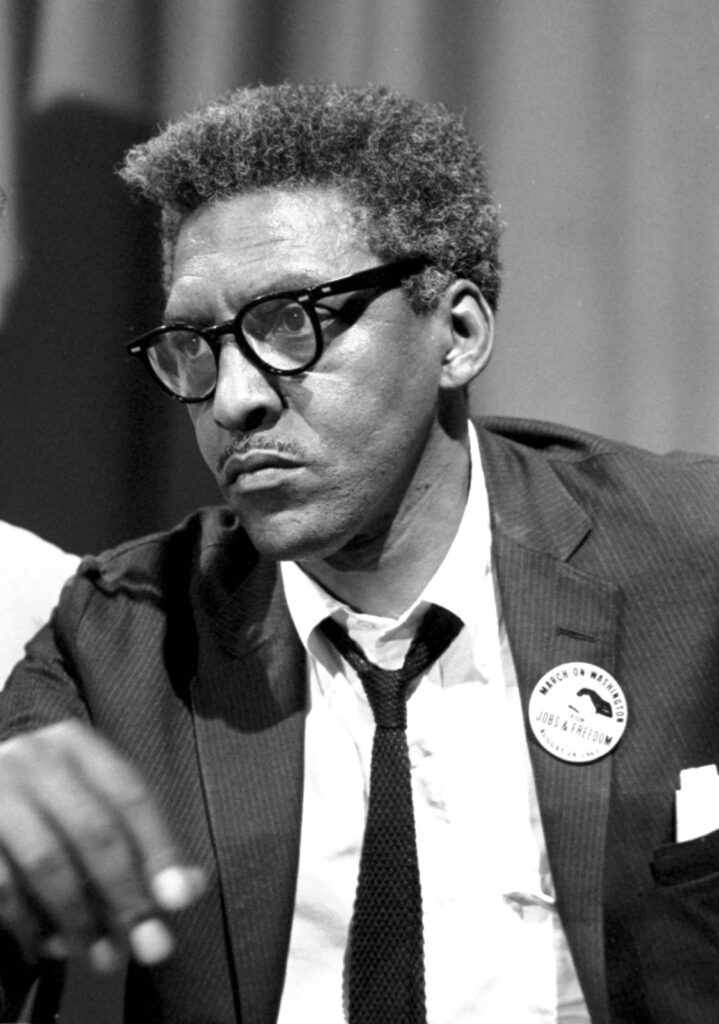A personal anecdote, how it all began, black LGTBQ historical leaders, and unity
By Joshua Neal
Photos: National Museum of African American History and Culture, Brittanica, VH1
Thank you for taking the time to read this article on black history. Growing up as a young boy living in the projects of Henderson, Texas, I didn’t have the resources or the opportunity to really learn a lot about Black History.
Unfortunately, this is the story and generational curse of many black people. We were just taught how to survive. I am grateful to be in a better position now. As a black gay male, I will continue to learn more about my culture to better myself and inspire others. I am hopeful that you will continue to learn more about black history and use it to bring healing and unity to all Black lives and our nation as a whole. For this, WE UNITE AS ONE.
How It All Began
In 1915, in response to the lack of information on the accomplishments of Black people available to the public, historian Carter G. Woodson co-founded the Association for the Study of Negro Life and History. In 1926, the group declared the second week of February as “Negro History Week” to recognize the contributions of African Americans to US history. Few people studied Black history, and it wasn’t included in textbooks prior to the creation of Negro History Week. This week was chosen because it includes the birthdays of both Frederick Douglass and former US president Abraham Lincoln. The week-long event officially became Black History Month in 1976 when US president Gerald Ford extended the recognition to “honor the too-often neglected accomplishments of Black Americans in every area of endeavor throughout our history.” Black History Month has been celebrated in the United States every February since.
Notable Black LGBTQ Historical Leaders
While February was declared Black History Month to recognize the many accomplishments and contributions of African Americans, the lives of Black lesbian, gay, bisexual, transgender (LGBT) people are often left out of the picture.
From 1960s civil rights activist Bayard Rustin to Chicago’s first Black female and lesbian mayor, Lori Lightfoot, Black LGBTQ Americans have long made history with innumerable contributions to politics, art, medicine, and a host of other fields.
“As long as there have been black people, there have been black LGBTQ and same-gender-loving people.”
– David J. Johns, National Black Justice Coalition Executive Director
5 Top Leaders

Gladys Bentley (1907-1960)
Bentley was a gender-bending performer during the Harlem Renaissance. Bentley was a gender-bending performer during the Harlem Renaissance. She was known as “Harlem’s most famous lesbian.”

Bayard Rustin (1912-1987)
Rustin was an LGBTQ and civil rights activist best known for being a key adviser to Reverend Martin Luther King Jr. He organized the 1963 March on Washington and was posthumously awarded the Presidential Medal of Freedom, the nation’s highest civilian honor, in 2013 for his activism.

Stormé DeLarverie (1920-2014)
A biracial, butch lesbian, DeLarverie was born in New Orleans, Louisiana, and was always a performer. As a teenager, she joined the Ringling Brothers Circus.ds, here she rode jumping horses. She was known as the “guardian of lesbians “in the Village.” Beyond her LGBTQ Activism, DeLarverie also organized and performed at fundraisers for women who suffered from domestic violence and their children.

Alvin Ailey (1931-1989)
Alvin was a choreographer who founded the Alvin Ailey American Dance Theater, one of the most prominent dance companies globally, in 1958. His signature work, including “Cry” and “Revelations,” continues to be performed all over the world. In 2014, Ailey was posthumously awarded the Presidential Medal of Freedom for his influential work in bringing dance to underserved communities.

RuPaul (1960- Current)
RuPaul is an Icon for us all. RuPaul Andre Charles was born in San Diego, California, on November 17, 1960. RuPaul made a name for himself, first as an underground filmmaker and then as a singer, before breaking into the drag scene. in 1993, he recorded a dance album called Supermodel of the World, which spawned the popular single “Supermodel (You Better Work).” It became a hit in the US and the UK, and was played heavily on MTV. In 2008, he started producing the reality series RuPaul’s Drag Race for Logo. The series, which has run thirteen full seasons as well as a few all-star seasons. RuPaul has won two GLAAD Media Awards: one for promoting equality nationwide and one for his program RuPaul’s Drag Race. His reality program has also won an Entertainment Weekly award once and was nominated for a Critics’ Choice Television Award twice.
UNITY
Black History Month is a layer we can use for the cultural, spiritual, and historical understanding of African Americans and Unity in America. Black history supports our country’s quest to understand itself as a collective. And this history tells a story. The story of Black life experiences and contributions to this country is rich. It is beautiful. It is complex. It is diverse. It is Black. It is multiethnic. This beautiful, complex mosaic truly is significant. And it bears repeating and celebration. I am hopeful that as we learn, love, and appreciate all cultures’ diversity, we will unite as one.
